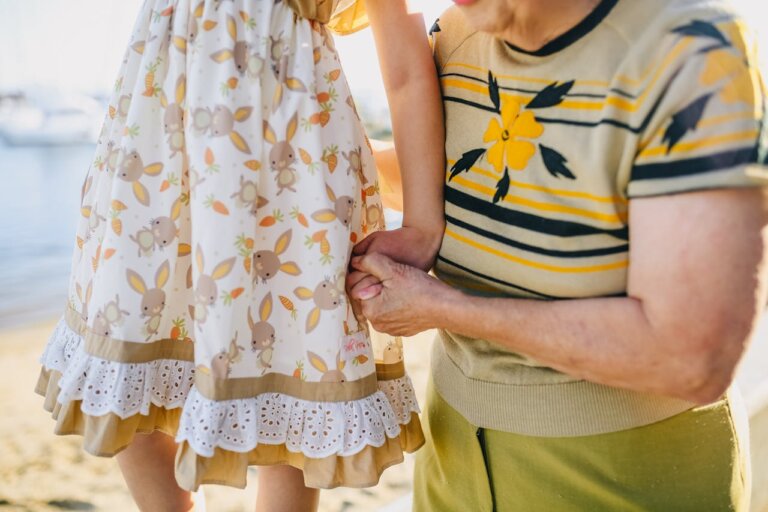Fast Fashion and Slow Fashion are two terms that have been making waves in the fashion industry. But what exactly do they mean, and how do they differ?
This article will explore their distinct characteristics and shedding light on the impacts they have on the environment, workers, and consumers.
Fast Fashion
What is Fast Fashion?
Fast Fashion refers to a business model that focuses on quickly bringing numerous fashion collections to market. These collections are based on the latest trends and are often influenced by celebrities and designers.
The main goal is to imitate these trends as quickly as possible, producing low-quality garments at a very low cost, in order to sell them rapidly before the next trend emerges.
Fast Fashion Production
The Fast Fashion industry has faced criticism for its production practices. The sheer volume of garments produced in such a short period of time often comes at the expense of the environment and workers.
With constantly changing trends, the number of collections produced each year has significantly increased. In 2022 the Fast Fashion industry was worth over $106 billion with a projection of nearly $185 billion by 2027.
The environmental impact of Fast Fashion production is significant. Synthetic fibers like polyester, commonly used in Fast Fashion, are derived from crude oil and contribute to CO2 emissions during production. These chemical fibers also lead to water pollution, as micro-plastics are released into the oceans when these clothes are washed.
Furthermore, the pressure to meet shorter production cycles and demanding delivery times puts immense strain on workers. In order to remain competitive, production companies often resort to illegal practices, violating labor laws and endangering workers’ rights (more on this later).
Fast Fashion Consumption
In Western countries, customers have become accustomed to purchasing textiles at extremely low prices. This consumer behavior results in a higher quantity of clothing purchases compared to if higher-quality, more expensive garments were bought.
This practice creates a ‘disposable fashion’ mindset, where a garments intended lifespan is less than 10 wears.
Additionally, the constant change in fashion trends also influences people’s buying habits, leading to a significant portion of clothes being left unworn and eventually discarded.
But amidst the challenges posed by Fast Fashion, a contrasting movement is steadily gaining momentum…
Slow Fashion
Slow Fashion is a term that has gained significant traction in recent years as a response to the negative environmental and ethical impacts of fast fashion.
It is a movement that aims to promote sustainability, fair labor practices, and conscious consumption in the fashion industry.
What is Slow Fashion?
Slow Fashion can be defined as an alternative approach to the fashion industry that focuses on quality, longevity, and ethical production.
Slow Fashion promotes the idea of creating a timeless wardrobe and buying fewer, but better quality, pieces.
Slow Fashion Production
The production of Slow Fashion involves a thoughtful and meticulous process that aims to minimize the negative impact on the environment and workers.
It often involves using sustainable and eco-friendly materials, such as organic cotton, hemp, or recycled fabrics.

Slow Fashion brands also prioritize fair trade practices, ensuring that workers are paid fair wages and operate in safe working conditions.
To further reduce waste and promote circularity, Slow Fashion brands may adopt practices such as upcycling, where existing garments or fabrics are transformed into new products, and zero-waste pattern cutting, which aims to utilize the entirety of the fabric with minimal scraps.
Slow Fashion Consumption
Slow Fashion encourages consumers to adopt a more mindful and intentional approach to their fashion choices. It emphasizes the importance of considering the longevity and versatility of garments before making a purchase.
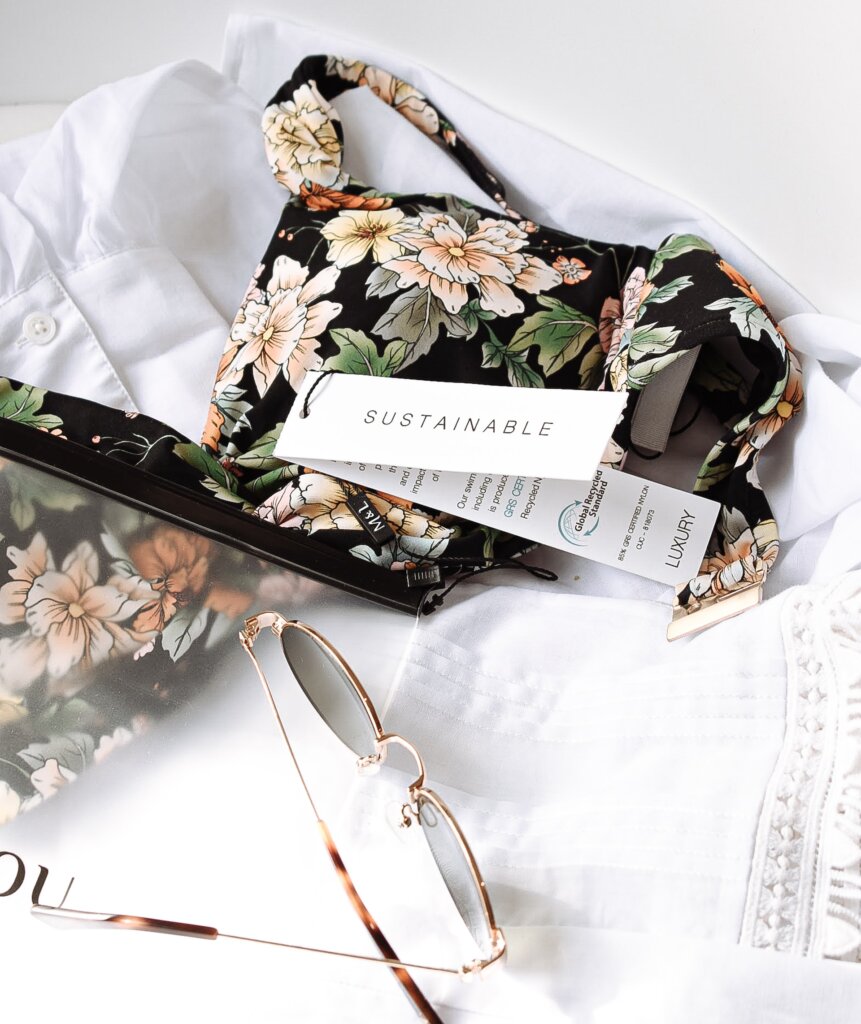
By investing in high-quality pieces that can be worn for years, consumers can reduce their reliance on fast fashion and contribute to a more sustainable fashion industry.
Additionally, Slow Fashion promotes the idea of
- Repairing
- Repurposing
- Swapping clothes
- Buying second-hand
- Buying from ethical brands
By extending the lifespan of clothing items and reducing overall consumption, individuals can minimize their environmental footprint and support a more ethical and equitable fashion system.
Why Do People Still Use Fast Fashion?
With all of these benefits surrounding Slow Fashion sustainability, why continue the destructive trend?
This section explores some of the reasons why people continue to embrace fast fashion.
Affordability and Accessibility
One of the primary reasons why people opt for fast fashion is its affordability and accessibility.
Fast fashion brands offer trendy clothing at relatively low prices, allowing consumers to stay up to date with the latest fashion trends without breaking the bank.

Additionally, these brands often have a wide distribution network, with numerous physical stores and an extensive online presence, making their products easily accessible to shoppers worldwide.
Instant Gratification and Variety
In today’s fast-paced society, where trends come and go quickly, people crave immediate satisfaction. Fast fashion brands capitalize on this desire by rapidly producing and delivering new collections, enabling consumers to constantly update their wardrobes.
Moreover, the abundance of styles, colors, and sizes available from fast fashion brands ensures that shoppers have a plethora of choices to suit their individual preferences.
Influencer and Celebrity Culture
Influencers and celebrities play a significant role in shaping consumer behavior, and their impact is particularly notable in the fashion industry.
Many influencers and celebrities are often seen wearing fast fashion brands, creating a sense of aspiration among their followers. This association with popular figures makes fast fashion desirable and further fuels its demand.

People tend to emulate the style of their favorite influencers and celebrities, leading them to purchase fast fashion items to replicate their looks.
Lack of Awareness
Despite growing awareness surrounding the environmental and social issues associated with fast fashion, a significant number of consumers are not fully aware of the impact their clothing choices can have.
Most people are simply looking for affordable clothing that looks stylish and is convenient to purchase.
Peer Pressure and Social Norms
Human beings are inherently social creatures who often conform to societal norms and peer pressure. In the fashion realm, this translates into the desire to fit in and be accepted by others.
Fast fashion allows people to align with current trends and fashion norms, making it easier to be part of the fashion conversation and feel socially accepted.

The fear of being left out or judged by others can be a powerful motivator for individuals to continue embracing fast fashion.
Is Wearing Ethically Made Clothing a Better Choice than Fast Fashion Even if it Costs More?
The Pros and Cons of Fast Fashion
Perhaps you’re thinking to yourself, I don’t like the negative effects of Fast Fashion, but can I even afford Slow Fashion?
Fast fashion brands produce inexpensive, trendy clothing quickly and conveniently, and your time and money are limited.
So is wearing ethically made clothing really a better choice, even if it comes with a higher price tag?
Let’s delve into the topic further.
The True Cost of Fast Fashion
Fast fashion, characterized by its low prices and frequent turnover of collections, may seem appealing on the surface. However, there are hidden costs associated with its production.
Fast fashion brands often prioritize profits over sustainable and fair practices, leading to detrimental consequences for both humanity and the planet.
Environmental Impact
Fast fashion heavily relies on large-scale production, which contributes to significant environmental degradation. The fashion industry is one of the most polluting industries globally, producing massive amounts of waste and consuming vast amounts of water and energy.
From the cultivation of raw materials to the manufacturing process and transportation, fast fashion has a substantial carbon footprint.
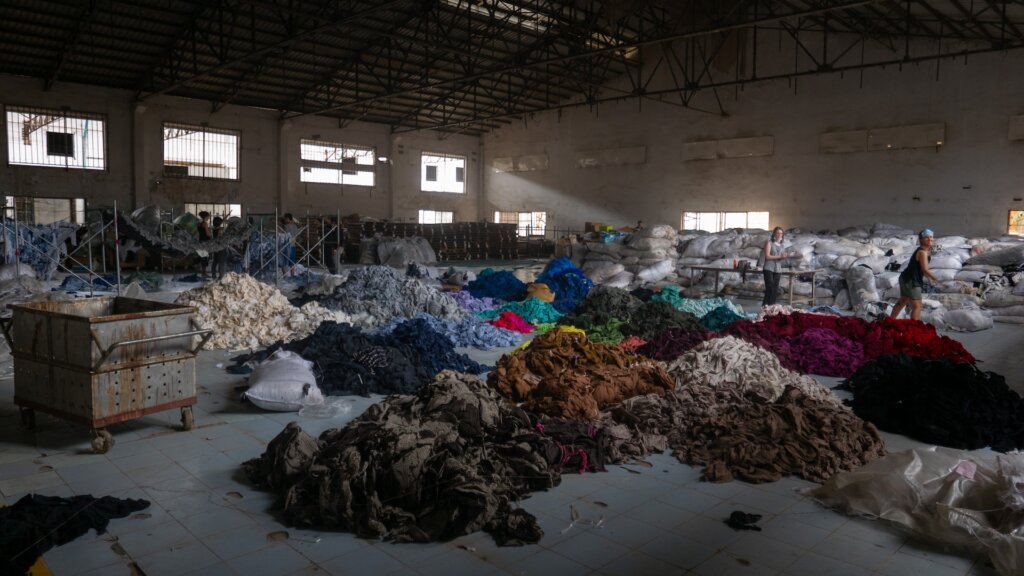
Choosing ethically made clothing supports sustainable practices such as using organic or recycled materials, reducing water consumption, and favoring eco-friendly manufacturing processes.
Social Justice and Workers’ Rights
One of the dark sides of fast fashion is the exploitation of workers in low-wage countries.
To keep prices low, fast fashion brands often outsource production to factories where workers endure poor working conditions, long hours, inadequate pay, and even child labor.
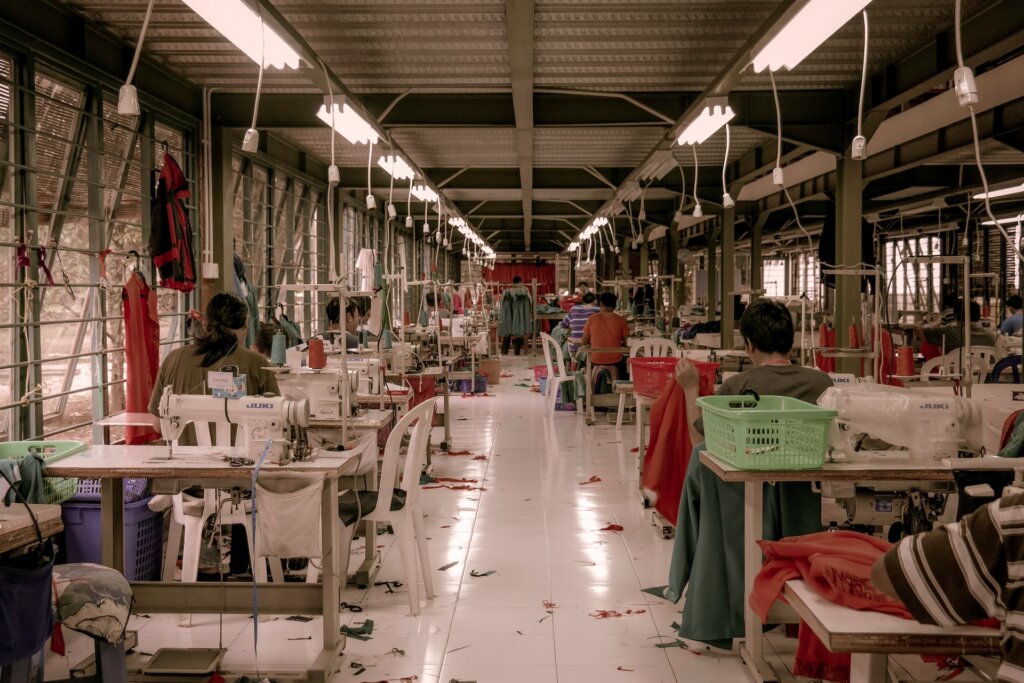
Opting for ethically made clothing ensures that workers are treated fairly and provided with safe working conditions.
Ethical fashion brands prioritize transparency in their supply chain, investing in fair wages, employee rights, and workers’ well-being.
The Value of Ethically Made Clothing
While ethically made clothing may come with a higher price tag, it offers several benefits that make it a better choice in the long run.
Quality and Durability
Ethically made clothing is often crafted with higher quality materials and superior craftsmanship.
These garments are designed to last, unlike their fast fashion counterparts that are often poorly constructed with low-quality fabrics.
By investing in ethically made pieces, you can build a timeless and durable wardrobe that withstands the test of time.
Timeless Style and Personal Expression
Ethically made clothing tends to focus on classic, timeless designs rather than chasing fleeting trends.
By prioritizing quality over quantity, you can curate a wardrobe that reflects your personal style and withstands the ever-changing fashion landscape.
Embracing slow fashion allows you to express yourself authentically while reducing the pressure to constantly follow fast fashion trends.
Ethical Consumption and Mindful Shopping
Choosing ethically made clothing encourages a shift towards more mindful and conscious consumption.
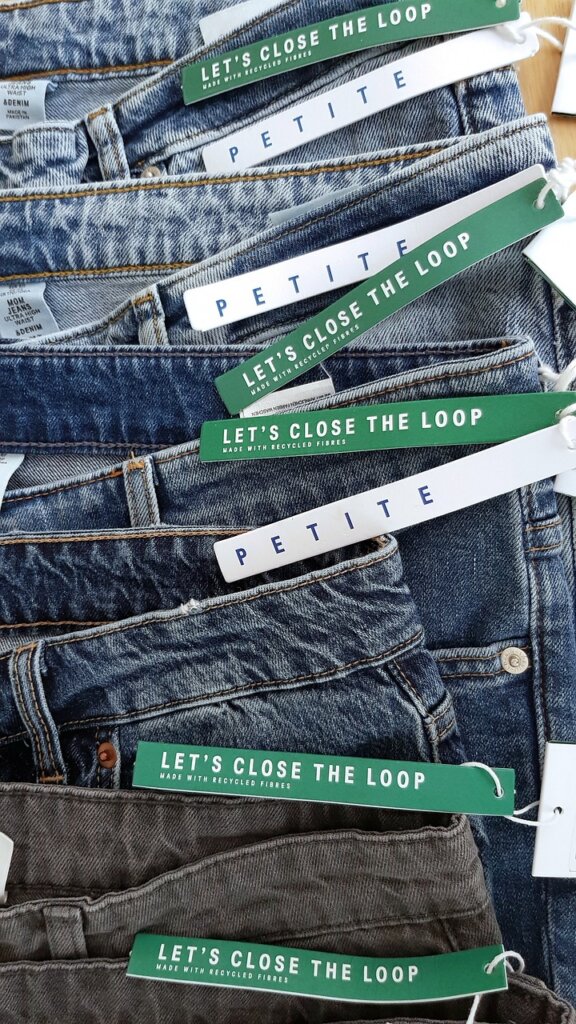
This shift promotes a more sustainable and responsible approach to fashion, fostering a more positive relationship with our clothing.
Is Slow Fashion the Solution to Fast Fashion?
What are the Disadvantages of Slow Fashion?
Slow Fashion offers a compelling alternative to the negative impacts of Fast Fashion.
However, it is important to consider the potential disadvantages of Slow Fashion as well.
Expensive Prices
Slow Fashion brands prioritize quality materials and craftsmanship, which can drive up the cost of production.
As a result, the final products are often priced higher, making them less accessible to consumers on a tight budget.
Limited Availability and Options
Slow Fashion brands focus on creating timeless pieces that are meant to be cherished and worn for a longer period of time.
As a result, they may have smaller product ranges and fewer trendy styles that cater to rapidly changing fashion preferences.
This limited variety may not appeal to consumers who seek constant novelty and the latest trends.
Longer Production and Delivery Times
Slow Fashion brands prioritize ethical production practices, which can lead to longer production and delivery times.
Slow Fashion brands take the time to ensure fair working conditions, minimize environmental impact, and produce high-quality garments.
While this is a positive aspect, it may require consumers to exercise patience when waiting for their purchases.
Perceived Exclusivity
Due to the higher prices and limited availability, Slow Fashion may be perceived as exclusive or elitist.
Some consumers may feel that Slow Fashion brands cater only to a particular demographic, leaving others feeling excluded.
Breaking this perception and making Slow Fashion more inclusive and accessible to a wider audience is crucial for its success.
Overcoming these obstacles will be key to making Slow Fashion a viable and widespread solution.
Conclusion
While Fast Fashion is here for now, mindful and sustainable fashion decisions can slowly help turn the tide of the global consequences.
Perhaps you can make the switch to high-quality, durable garments made from environmentally friendly materials, helping people and the planet alike.
If you’re interested in making this shift, here is a helpful list of US based sustainable clothing companies.
Any slow fashion brand you like? You can tell me all about them in the comments below!
How about an article on slow living or living an aesthetic lifestyle?
Until next time, stay cozy my friend.


